
The overall narrative about public art is well known, following a path from traditional monuments and decorative works for architecture to the twentieth-century break with this tradition (think happenings, land art and new genre public art), and further on to our present-day fusion of decorative and critical perspectives in our spectacular, hyper-mediated and globalised contemporary art.
Nothing in this historical narrative suggests that such art – public art – should not be a suitable object for art criticism. Nevertheless, this notion seems to have become deeply embedded in dailies and specialist media alike.

We prefer to review exhibitions that benefit from the neutrality and autonomy we associate with “the white cube”. Of course, at the same time we try to keep up with all those who challenge this structure, especially temporary projects, but we prefer such initiatives to originate with a curator or an artist. By contrast, art commissioned by public authorities and major private stakeholders is largely ignored.
One of the reasons may be the difficulties inherent in delimiting and identifying public art. Is the architect or the artists responsible for the atmosphere evoked at the new Løren train station in Oslo? Whose voice is heard in the 22 July Memorial in Sørbråten at Utøya: the authorities’, the art committee’s, or the artist’s? These questions cannot always be resolved, and so critics tend to evade the issue.
Another reason for the lack of interest in public art among critics – and editors – is probably the fact that certain formal and material modes of expression have survived longer within this form of art than at the galleries. Of course, this is not a clear-cut truth. Formal and material-based art has co-existed happily with abject art and contextual art. But critics have generally focused their attention on abject art (body art, the repressed and the filthy) and contextual art (conceptual art, institutional critique, social art). With its emphasis on decorative and spatial effects, public art has fallen by the wayside.

A third reason is that critics want to spearhead the process of art history writing. They want to discover new trends, and they prefer to write about art that engages as critically as possible with its own time. The pervasive idea is that such art is found in curated exhibitions, at galleries, museums and biennials, not in train stations.
However, this art historical “lag” is currently in the process of being reclaimed by private and public players alike, all of whom are now increasingly embracing an extended idea of public art. Such art may be permanent, semi-permanent or temporary; mobile or process-oriented, and its degree of autonomy from its specific site or architecture can vary. It can even take place in a digital or discursive space, or take the form of a biennial – as long as it expresses ideas about “the public”. It goes without saying that it can include institutional critique and/or be conceptual or social in scope. Abject art, too, now has its flagships in the Nordic public sphere – in Copenhagen we find Elmgreen & Dragset’s chromium-plated merman (He, 2012), and in Norway we can point to Vanessa Baird’s partly macabre, partly burlesque work for the Government Quarter in Oslo (The light fades – if only we close our eyes, also 2012).

Overall, we can now glimpse the contours of a consensus-based re-institutionalising of public art. At this point in time, public art is no longer an expression of power (as it was in the nineteenth century), nor a democratic vision (as in the twentieth century); rather, it is an undifferentiated field where governance, critique and capital merge. On the outskirts of this field, looking in, we no longer find avant-garde artists and radical critics, but the indignant petit bourgeois and overlooked local communities as well as the occasional conservative art historian.
Of course, this is not an area that criticism can ignore. The doubts concerning the autonomy and delimitation of the works, the asynchronous evolution and the new consensus culture are not valid excuses for not writing criticism about public art; rather, it should prompt us to write about such art with even greater dedication. With the project “Public Art and Criticism”, Kunstkritikk sets out to do exactly that in 2016 and 2017.

The fact that we have received funding from the Norwegian public-sector organisation Public Art Norway (KORO – Kunst i offentlige rom) for this purpose is, of course, paradoxical – and in some senses problematic. Does this not make Kunstkritikk part of what we have just seen described as a “consensus-based and undifferentiated field”? We believe that it is possible to avoid such a scenario. Of course, the crucial point here is absolute editorial freedom and, importantly, the autonomy of our critics. Everything we publish reflects these firm tenets.
At the same time, it is important to point out that Kunstkritikk operates within a sphere that is wider in scope than the area covered by KORO. We will write about art in public spaces throughout the Nordic countries, created by a range of different public and private entities. This is an important point, for KORO’s support facilitates a wider outlook on this field in Sweden and Denmark too, countries where art criticism generally suffers from significantly poorer conditions than in Norway. Thus, this project also serves as a reminder to the Nordic authorities, calling attention to the fact that independent criticism must be supported and augmented so that public conversations about art can also include public art.
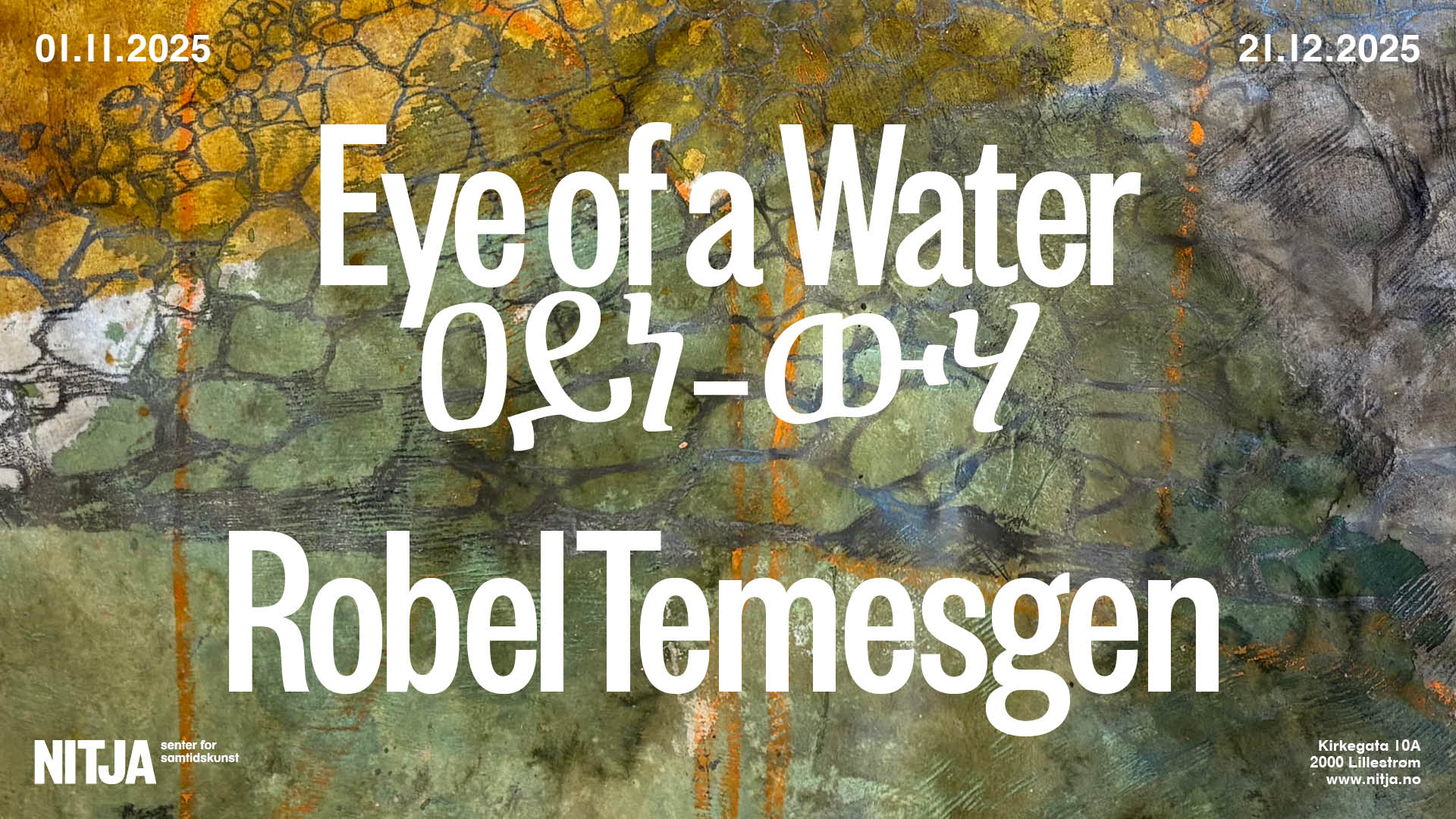


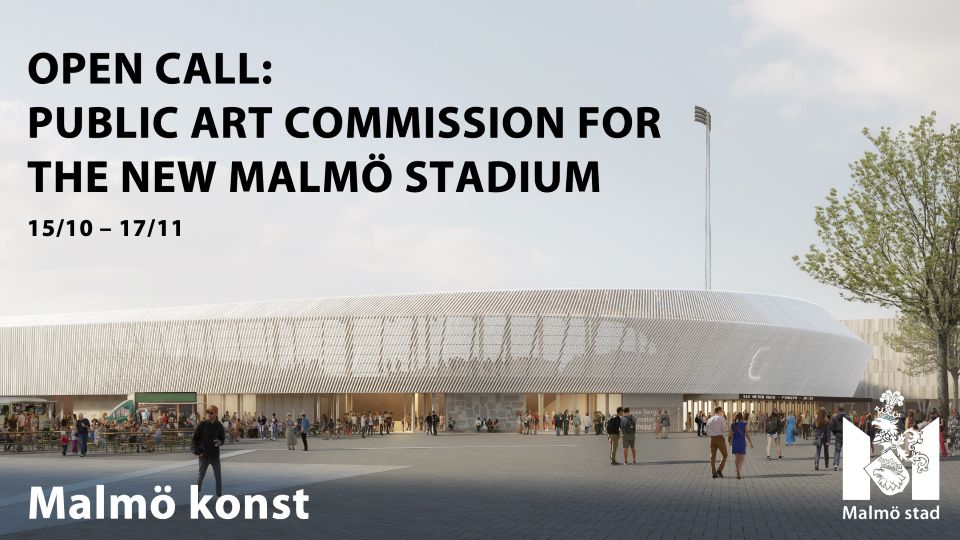
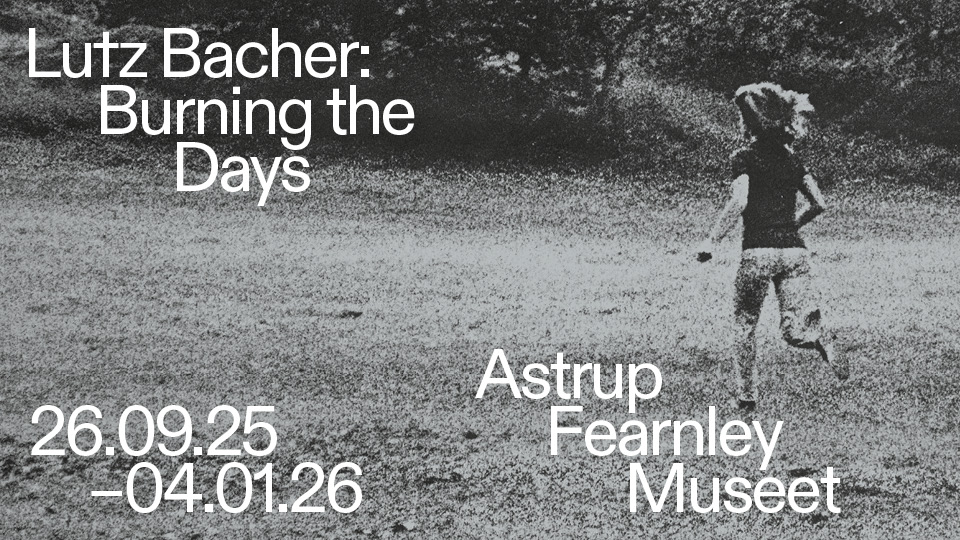
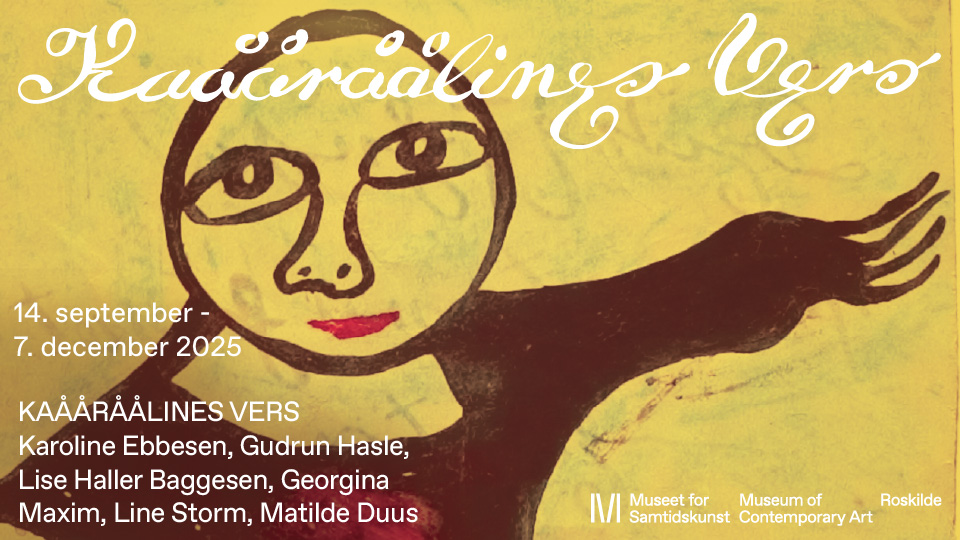
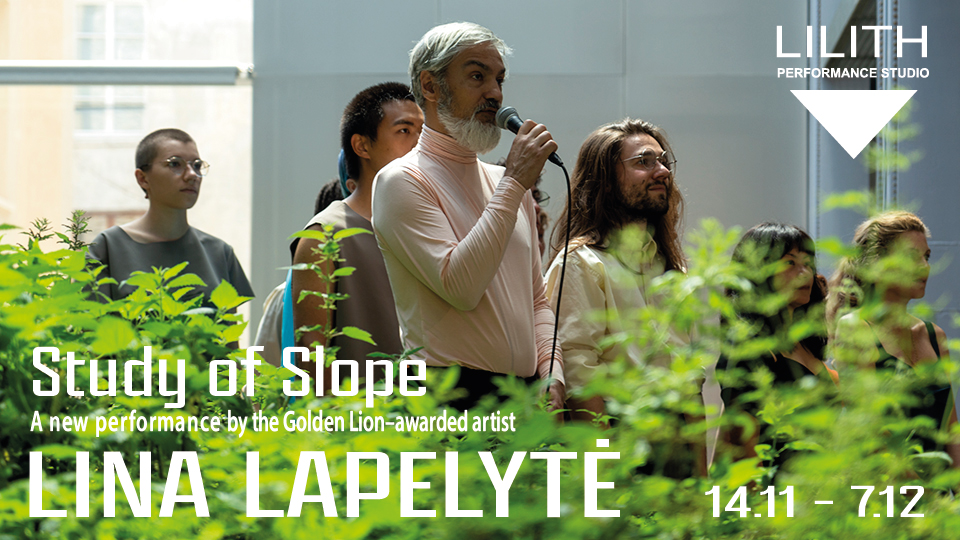
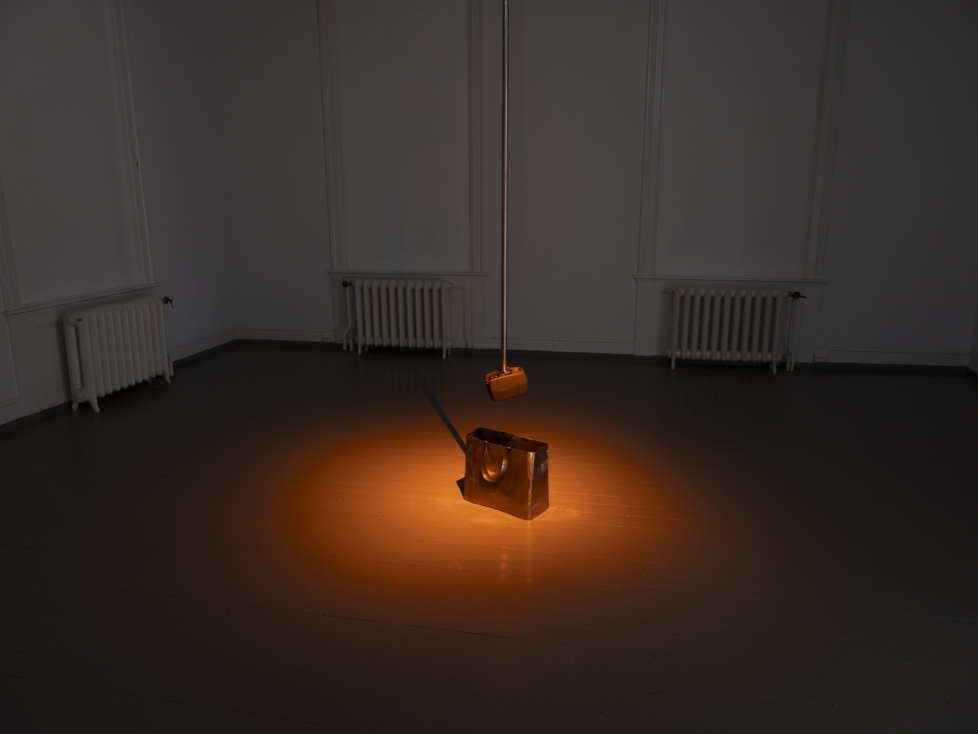
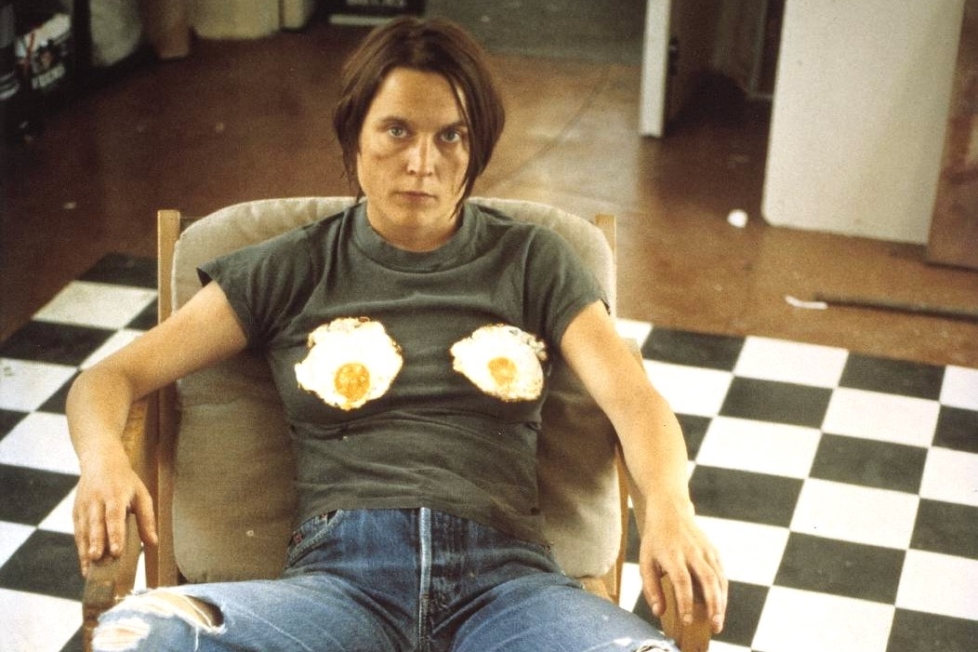

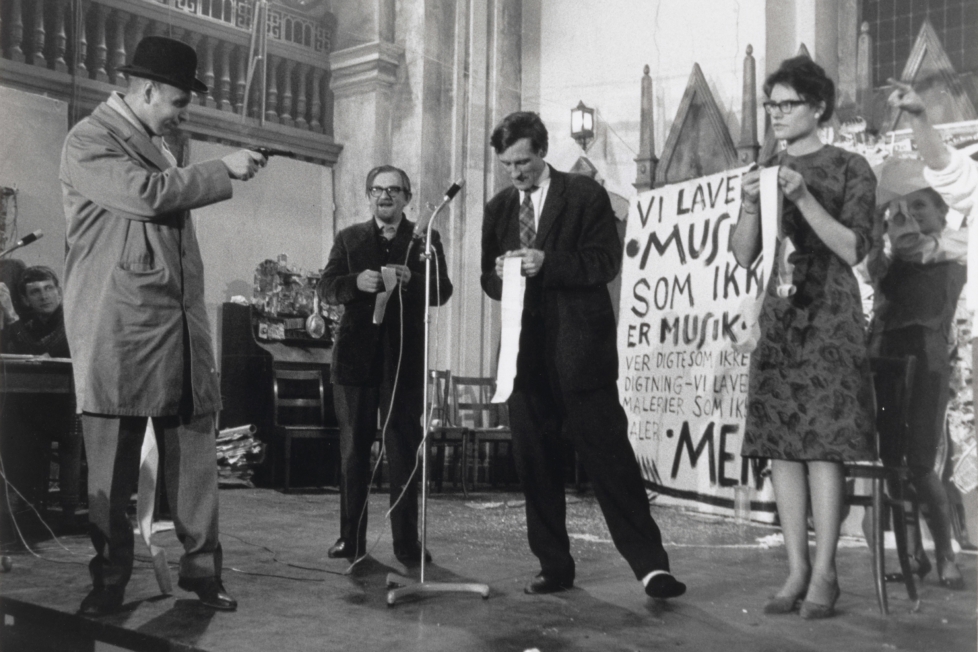
Diskussion